At Kingdaflex, we provide high-performance abrasive sandblasting hoses designed to handle tough industrial applications. Our hoses ensure safe and efficient transfer of abrasive materials, resisting wear, pressure, and harsh conditions. They are suitable for sandblasting, cleaning, and surface preparation in demanding work environments.
Durable Construction: Built with wear-resistant materials to handle abrasive particles and high-pressure operation efficiently without frequent replacements.
Flexible and Easy to Use: Designed for easy handling and maneuvering, allowing precise sandblasting even in tight or awkward spaces.
Chemical and Abrasion Resistant: Our hoses resist damage from chemicals and abrasive materials, extending lifespan and ensuring safe operations.
Versatile Applications: Ideal for industrial sandblasting, surface preparation, cleaning, and material transfer across multiple sectors and environments.
Customizable Options: Available in different lengths, diameters, and reinforcement types to meet specific industrial sandblasting requirements.
Kingdaflex is a leading abrasive sandblasting hose manufacturer from China, providing durable, flexible, and wear-resistant hoses for industrial sandblasting and surface preparation. Our hoses withstand high pressure, abrasive materials, and harsh conditions, ensuring reliable performance. Available in various sizes and customizable options, we deliver efficient, long-lasting solutions for all your sandblasting needs.
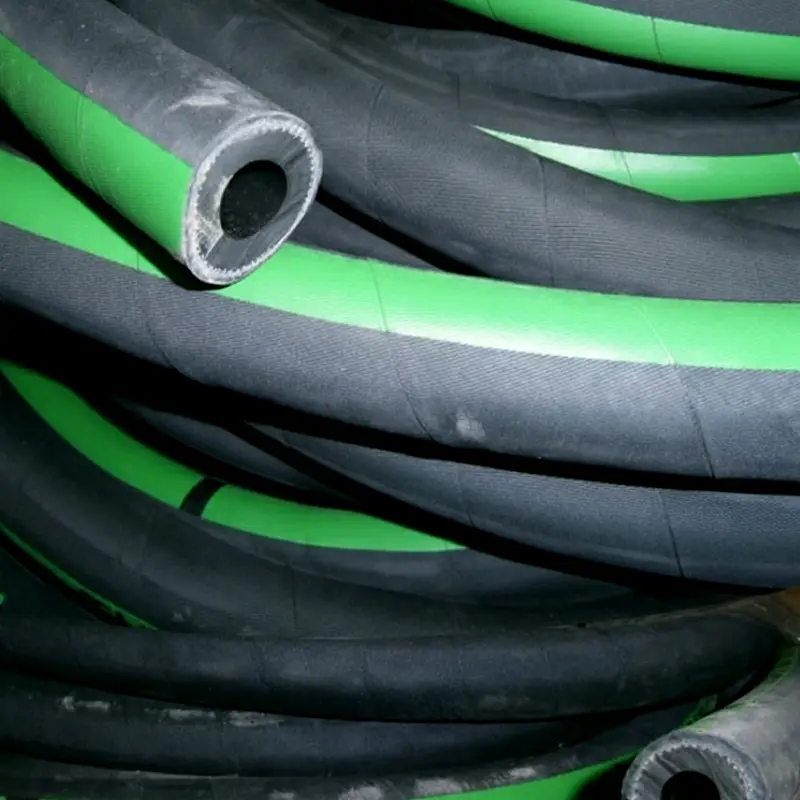
Durability: Our hoses resist wear and tear from abrasive materials, ensuring long-lasting performance in tough conditions.
Flexibility: Designed for easy maneuvering, allowing precise sandblasting even in tight, hard-to-reach work areas.
High Pressure Resistance: Built to handle high-pressure abrasive flow safely, preventing hose bursts or operational failures.
Chemical and Abrasion Resistance: Protects against chemical exposure and abrasive particles, extending hose lifespan and reliability.
Versatile Applications: Suitable for industrial sandblasting, surface preparation, cleaning, and material transfer across multiple environments.
Industrial Sandblasting: Used for cleaning, smoothing, and preparing metal surfaces in factories and heavy industries efficiently.
Surface Preparation: Ideal for removing rust, paint, and coatings before welding, painting, or coating applications.
Construction and Maintenance: Applied in construction sites for cleaning concrete, masonry, and other building surfaces safely.
Automotive Restoration: Used to strip old paint, corrosion, and grime from vehicles during repair or restoration projects.
Shipbuilding and Marine: Suitable for cleaning ship hulls, removing barnacles, rust, and corrosion in harsh marine environments.
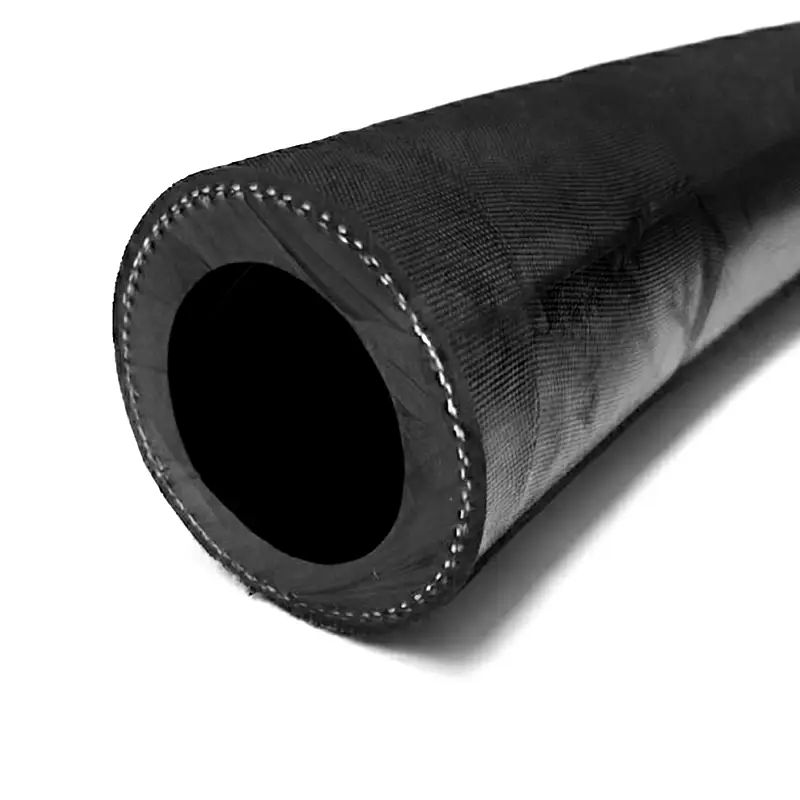
At Kingdaflex, we manufacture all types of abrasive sandblasting hoses to meet diverse industrial needs. Our hoses are designed for durability, flexibility, and resistance to high pressure and abrasive materials. Available in various sizes and customizable options, we provide reliable solutions for sandblasting, surface preparation, cleaning, and other demanding applications worldwide.
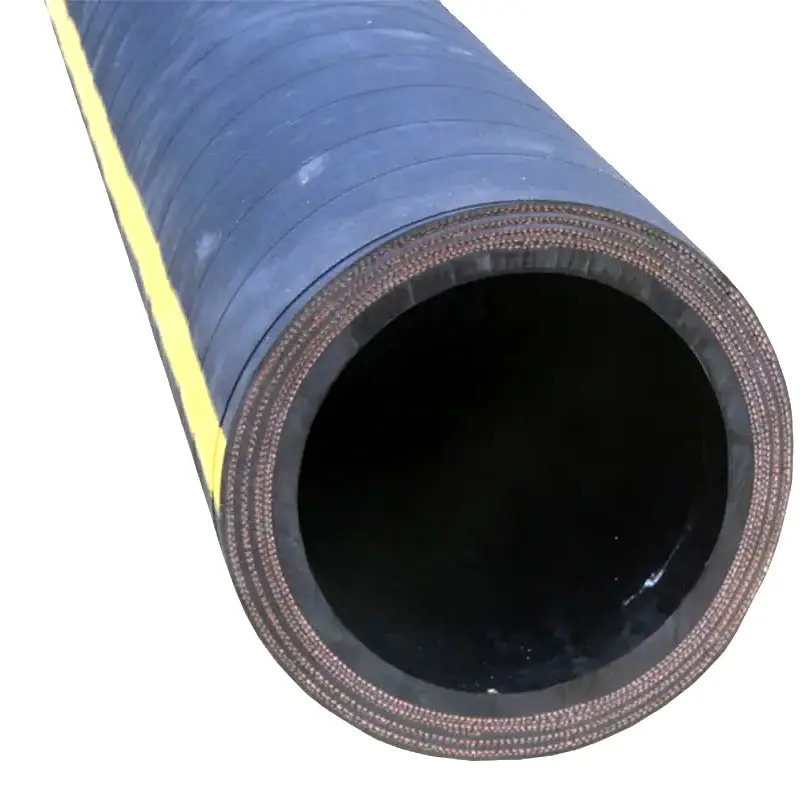
We provide 1/2″ sandblasting hoses designed for safe and efficient abrasive material transfer in industrial applications. Our hoses resist wear, high pressure, and harsh working conditions, ensuring reliable performance. Available in various lengths and reinforcement options, we supply flexible solutions suitable for sandblasting, surface preparation, cleaning, and other demanding abrasive operations.
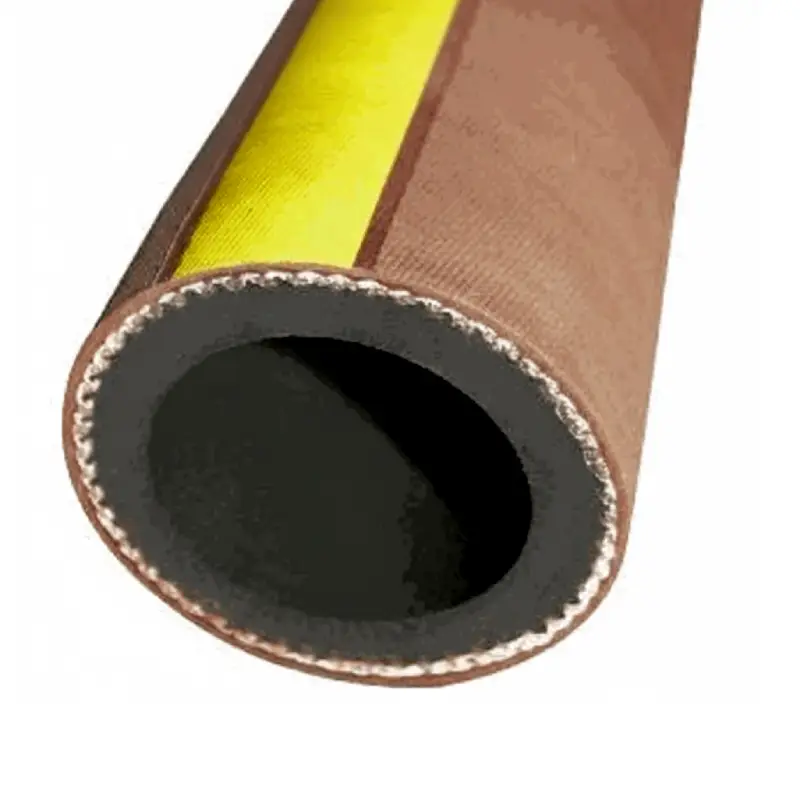
We provide 3/4 abrasive sandblasting hoses designed for safe and efficient abrasive material transfer in industrial applications. Our hoses resist high pressure, wear, and harsh conditions, ensuring reliable performance. Available in different lengths and reinforcement types, we supply flexible solutions tailored to your sandblasting, surface preparation, and cleaning requirements.
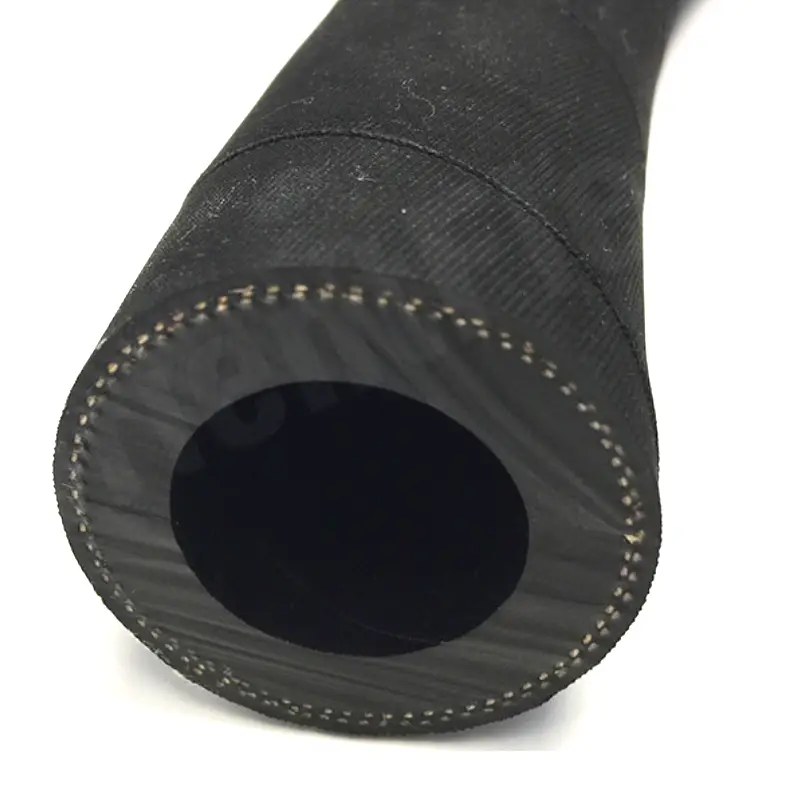
We supply 3/8 abrasive sandblasting hoses designed for efficient and safe transfer of abrasive materials. Our hoses withstand high pressure and abrasive wear, making them ideal for industrial sandblasting, surface preparation, and cleaning applications. Available in various lengths and reinforcement options, we provide flexible solutions to meet your specific sandblasting requirements.
At Kingdaflex, we understand that every sandblasting application has unique requirements. That’s why we offer customizable abrasive sandblasting hoses designed to meet your specific industrial needs. Our solutions allow you to optimize durability, flexibility, and efficiency, ensuring safe and reliable abrasive material transfer for long-term performance in demanding environments.
We help you choose the most suitable rubber or synthetic compound for your hose, balancing abrasion resistance, heat tolerance, and flexibility. This ensures your hose withstands high-pressure sandblasting while maintaining performance and reliability, even under harsh industrial or construction conditions.
We provide hoses in a variety of diameters and lengths to match your exact sandblasting setup. By customizing these dimensions, we ensure smooth abrasive flow, precise operation, and compatibility with existing equipment, reducing downtime and improving overall efficiency.
We offer different reinforcement layers, including fabric or steel braids, to enhance pressure resistance and hose durability. We work with you to select the right reinforcement type, preventing kinking, bursting, or wear, ensuring reliable performance in high-stress sandblasting operations.
We offer hoses in different colors and with custom markings or labels for easy identification. This helps you organize multiple hoses, ensures safety compliance, and simplifies maintenance, making it easier to distinguish hoses for specific abrasive materials, applications, or operational areas.
An abrasive sandblasting hose is a flexible, durable hose designed to transport abrasive materials such as sand, grit, or other blasting media under high pressure. It is reinforced with strong fabrics or braids to resist wear, kinking, and bursting, ensuring safe and efficient operation in industrial, construction, automotive, and surface preparation applications。
An abrasive sandblasting hose is constructed from materials engineered to withstand high pressure, friction, and abrasive wear. At Kingdaflex, we combine durable rubber or synthetic compounds with reinforced layers and protective coatings to deliver hoses that provide safe, reliable, and long-lasting performance in demanding sandblasting and surface preparation applications.
Rubber or Synthetic Compounds: We use specialized rubber or synthetic materials that resist abrasion, heat, and pressure. These compounds maintain hose flexibility while ensuring safe and consistent abrasive material transfer, extending operational life in heavy-duty industrial, automotive, and construction sandblasting applications.
Reinforcing Fabrics or Braids: We incorporate polyester, aramid, or steel braids to strengthen hose structure. This reinforcement prevents kinking, bursting, and deformation under high-pressure conditions, ensuring smooth and reliable abrasive flow while enhancing hose durability during intensive sandblasting tasks.
Outer Protective Layer: We add durable outer coatings to protect the hose from UV exposure, abrasion, and external damage. This layer increases longevity, prevents wear and environmental damage, and maintains consistent performance in harsh industrial and outdoor working environments.
Optional Special Linings or Coatings: For specific applications, we provide hoses with additional inner linings or chemical-resistant coatings. These layers enhance abrasion resistance, chemical compatibility, and thermal tolerance, ensuring safe and efficient operation even under extreme conditions or with highly abrasive materials.
Abrasive sandblasting hoses are designed for safe and efficient transfer of abrasive materials in various industrial and construction applications. At Kingdaflex, our hoses deliver reliable performance, flexibility, and durability, making them ideal for surface preparation, cleaning, material removal, and other demanding tasks requiring controlled abrasive flow.
Industrial Sandblasting: We use abrasive sandblasting hoses to clean, smooth, and prepare metal or concrete surfaces in factories and workshops. The hoses withstand high-pressure abrasive flow, ensuring consistent operation and protecting both equipment and operators during heavy-duty industrial applications.
Surface Preparation: We provide hoses for removing rust, paint, coatings, and other unwanted layers before welding, painting, or coating. These hoses allow precise material removal, maintain consistent abrasive flow, and enhance safety in surface preparation processes across industries.
Construction and Maintenance: We supply hoses for construction and maintenance tasks such as de-rusting, concrete cleaning, or debris removal. Our hoses are designed to handle abrasive materials efficiently while providing durability and flexibility for operation in rugged site environments.
Automotive Restoration: We offer hoses for vehicle restoration, including stripping old paint, corrosion, and grime. These hoses ensure controlled abrasive delivery, protecting vehicle surfaces while efficiently preparing them for refinishing or repair work.
Shipbuilding and Marine Applications: We provide hoses suitable for cleaning ship hulls, removing barnacles, rust, and other marine contaminants. Our hoses resist wear and pressure, ensuring safe, efficient, and long-lasting performance in harsh marine environments.
At Kingdaflex, we provide abrasive sandblasting hoses engineered for durability, flexibility, and safe operation in demanding industrial and construction applications. Our hoses ensure efficient abrasive material transfer, long-term reliability, and consistent performance, making them a trusted choice for sandblasting, surface preparation, and material removal tasks.
Durable and Reliable: We manufacture hoses using wear-resistant rubber and reinforced fibers, ensuring they withstand high-pressure abrasive flow. This durability prevents leaks, bursting, or deformation, providing long-term, trouble-free performance even in harsh industrial or construction environments.
High Abrasion and Pressure Resistance: We design hoses to endure abrasive materials and extreme pressure. This ensures safe and consistent operation, reduces maintenance requirements, and extends hose life while maintaining reliable performance in sandblasting and surface preparation tasks.
Flexible and Easy to Handle: We make our hoses flexible for easy maneuvering in tight spaces or complex setups. This flexibility simplifies installation, reduces labor time, prevents kinking, and allows precise and controlled abrasive material delivery.
Customizable Options: We offer hoses in various diameters, lengths, reinforcement types, and coatings to match your application requirements. This customization ensures optimal performance, safety, and efficiency tailored to your industrial or construction sandblasting needs.
Versatile Applications: Our hoses are suitable for industrial, automotive, construction, and marine sandblasting projects. This versatility allows customers to rely on a single, high-performance solution for multiple abrasive material transfer and surface preparation applications.